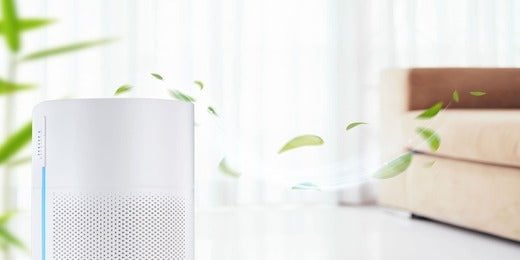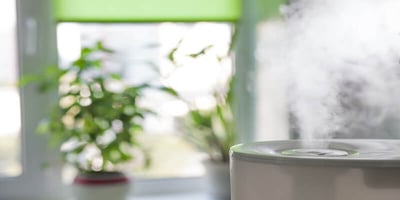Do air purifiers help with dust? Unveiling the Efficacy of Air Purifiers and Key Considerations for Your Home
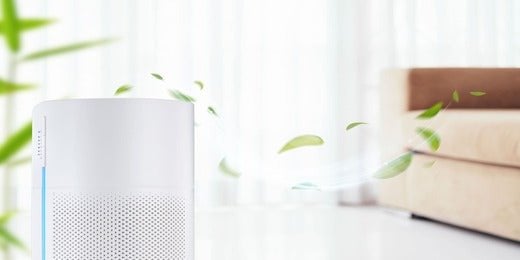
In our quest for a healthier living environment, the issue of indoor air quality has gained significant attention. Among the various pollutants that affect our indoor spaces, dust particles pose a common and persistent problem.
Dust not only contributes to allergies and respiratory issues but also impacts overall cleanliness and comfort within our homes. As a result, many individuals are turning to air purifiers as a potential solution to alleviate dust-related concerns.
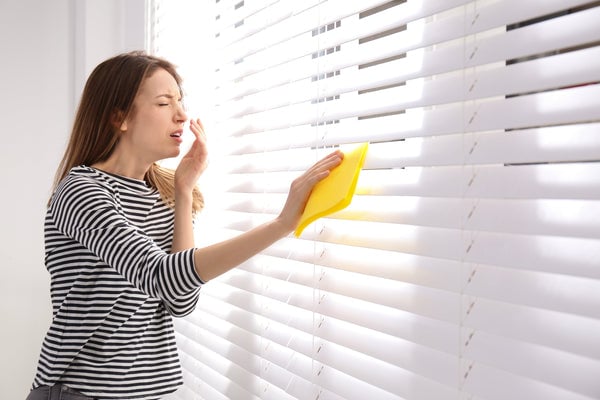
Air purifiers have become increasingly popular in recent years, promising to cleanse the air we breathe and improve the overall quality of our indoor environments.
However, before investing in an air purifier, it is crucial to understand their effectiveness in tackling household dust-related issues and the key considerations for choosing the right one for your home.
This article aims to unravel the efficacy of air purifiers in combating dust and provide valuable insights to help you make an informed decision for your household.
We will delve into the mechanisms by which air purifiers work, examine their ability to capture and remove dust particles from the air, and explore the factors that influence their performance.
By understanding the science behind air purification and evaluating the crucial factors that impact their efficiency, you will be equipped with the knowledge necessary to select an air purifier that best suits your specific needs.
Furthermore, we will address common misconceptions surrounding how air purifiers help remove dust, and discuss additional steps you can take to minimize dust in your home.
Join us as we embark on this exploration of air purifiers and their role in mitigating indoor dust--related challenges. By the end of this article, you will have a comprehensive understanding of their effectiveness and be empowered to create a cleaner and healthier indoor environment for you and your loved ones.
Understanding Dust and Its Impact

Dust is composed of a diverse range of microscopic particles that accumulate on surfaces and float in the air. It is a complex mixture of various substances, including dead skin cells, pollen, pet dander, fabric fibers, soil particles, and even tiny fragments of insects.
Additionally, dust often contains pollutants such as chemicals, allergens, and microorganisms, which can exacerbate respiratory problems and allergies.
Dust particles originate from both indoor and outdoor sources. Indoor sources include activities such as cooking, cleaning, and shedding of human and pet skin cells.
Furthermore, household items like carpets, upholstery, and bedding can release dust particles over time. Outdoor sources encompass pollen, soil, and air pollutants that enter our homes through open windows, ventilation systems, or on our clothing and shoes.
The accumulation of dust in our homes leads to a decline in indoor air quality. As dust particles settle on surfaces, they can become disturbed and reenter the air, causing increased airborne dust levels. Breathing in these particles can trigger allergies, worsen respiratory conditions, and irritate the eyes, nose, and throat.
Moreover, the presence of dust can give rise to unpleasant odors, affect the cleanliness of our living spaces, and contribute to the deterioration of household items and electronics.
Dust is a common allergen that affects a significant portion of the population. It contains allergenic components like dust mites, pet dander, and pollen, which can trigger allergic reactions and respiratory symptoms.
Individuals with asthma, hay fever, or other respiratory conditions are particularly susceptible to the effects of dust, often experiencing increased coughing, wheezing, and difficulty breathing in environments with high dust levels.
In addition to allergies, prolonged exposure to high levels of dust can pose various health risks. The fine particles present in dust can penetrate deep into the respiratory system and potentially contribute to the development or exacerbation of respiratory diseases.
Moreover, certain dust particles may contain harmful substances, such as lead, pesticides, or volatile organic compounds (VOCs), which can have detrimental effects on human health when inhaled.
How Air Purifiers Work
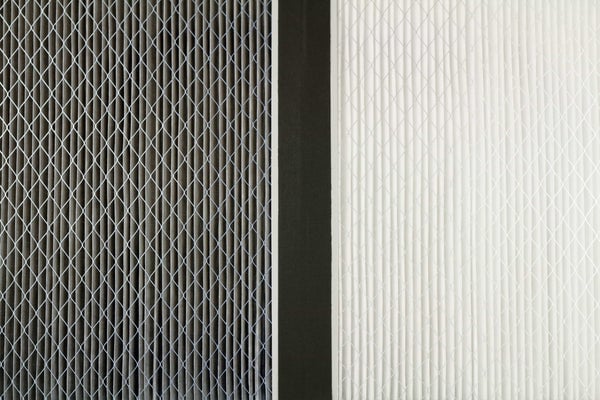
Air purifiers have gained popularity as a potential solution for improving indoor air quality and reducing dust particles within our homes.
Most air purifiers employ various filtration systems to capture and eliminate airborne particles, including dust. The primary types of air filters often used in air purifiers are:
- HEPA filters are highly effective at capturing microscopic particles, including dust, as small as 0.3 microns with an efficiency of 99.97%. They consist of dense fiber mats that create a maze-like structure, allowing the air to pass through while trapping particles. HEPA filters are regarded as the gold standard in air purification due to their exceptional particle removal capabilities.
- Pre-filters, often used in conjunction with HEPA filters, act as the first line of defense by capturing larger particles such as dust, pet hair, and lint. These filters help extend the lifespan of the HEPA filter and improve overall purification efficiency.
- Activated carbon filters specialize in absorbing odors, volatile organic compounds (VOCs), and certain chemicals. While not as effective in capturing dust particles directly, they play a vital role in improving overall air quality by neutralizing odors and removing gaseous pollutants.
Air purifiers operate by drawing in air from the surrounding environment and passing it through the filtration systems. The purification process typically involves the following steps:
- Air is drawn into the air purifier through vents or intake grills, capturing airborne particles present in the air cleaner or immediate vicinity.
- The air passes through the various filtration systems within the air purifier. Pre-filters capture larger particles, while HEPA filters trap smaller particles, including dust. Activated carbon filters absorb odors, traps dust and certain gases.
- The captured dust particles and other pollutants are retained within the filters, preventing them from reentering the air.
- The purified air is released back into the room, with reduced dust particles and improved air quality.
The Efficacy of Air Purifiers in Reducing Dust
Air purifiers equipped with high-efficiency particulate air (HEPA) filters are highly effective at capturing dust particles. HEPA filter can trap particles as small as 0.3 microns with an efficiency of 99.97%.
This includes common dust particles, such as pollen, pet dander, and dust mite allergens. As air circulates through the activated carbon filter of the air purifier, the HEPA filter acts as a physical barrier, capturing and retaining these particles.
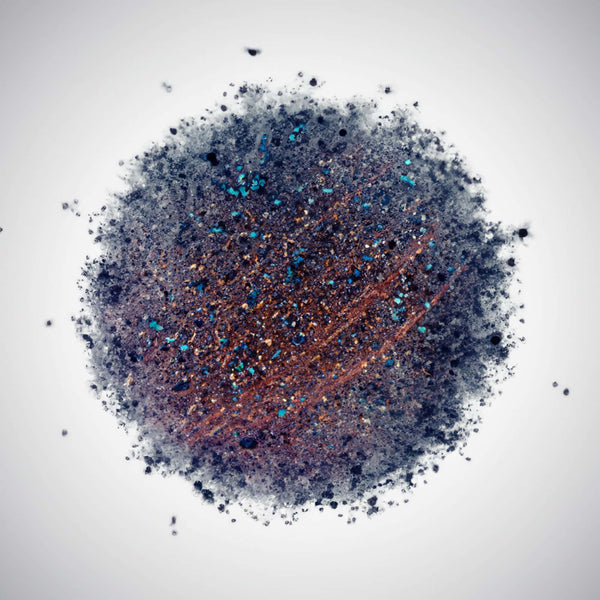
While air purifiers with HEPA filters are efficient at capturing dust particles, it is important to note that they cannot address dust that has already settled on surfaces.
Airborne dust particles are continuously generated and circulated, and air purifiers can only capture those present in the air. Regular cleaning practices, such as dusting and vacuuming, are still necessary to remove dust and address settled dust on surfaces.
The effectiveness of an air purifier in reducing dust depends on its coverage area and air exchange rate. Coverage area refers to the maximum space that the air purifier can effectively purify. It is essential to choose an air purifier with a coverage area suitable for the size of the room or area where dust reduction is desired.
Additionally, the air exchange rate determines how quickly an air purifier can cycle and purify the air within a given space. Higher air purifiers filter and exchange rates are generally more effective in reducing and eliminating dust and particles efficiently.
Proper placement and running time of an air purifier are crucial for maximizing its effectiveness in reducing dust. Positioning the air purifier in an area with good airflow, such as near open doors or windows, can help facilitate the circulation of air and increase its efficiency.
Additionally, running the air purifier continuously or for extended periods allows for continuous filtration of clean air, minimizing the presence of dust particles in the clean air.
Regular maintenance and filter replacement are essential for ensuring the ongoing efficacy of an air purifier. Over time, the filters in air purifiers become clogged with captured dust particles, reducing their efficiency. It is important to follow the manufacturer of air purifier's packaging instructions for cleaning or replacing air cleaners and filters to maintain optimal performance.
While air purifiers can effectively capture and remove airborne dust particles, combining their use with other dust reduction strategies can yield even better results.
Implementing measures such as regular dusting, vacuuming with a HEPA filter-equipped vacuum cleaner, minimizing clutter, and maintaining proper ventilation can significantly reduce overall dust levels in your home.
Factors to Consider When Choosing an Air Purifier
When it comes to selecting an air purifier to effectively tackle dust in your home, several crucial factors should be taken into consideration.
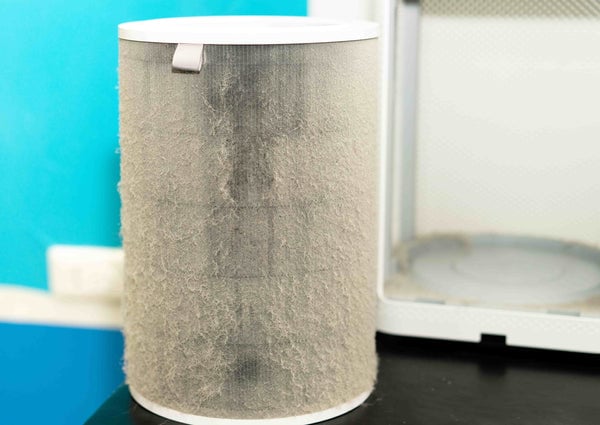
Understanding these factors will help you make an informed decision and choose the right air purifier for your specific needs. Here are some key points to keep best air purifiers in mind:
Room Size and Air Purifier Capacity:
- Assess the size of the room or area where you plan to use the air purifier. Different air purifiers are designed to handle different room sizes.
- Check the manufacturer's specifications to ensure that the air purifier you choose has the appropriate capacity to effectively purify the air in your desired space.
- Oversized air purifiers may consume unnecessary energy, while undersized ones may struggle to provide adequate coverage.
Filtration Efficiency:
- Look for air purifiers equipped with High Efficiency Particulate Air (HEPA) filters. HEPA filters are highly effective in capturing small dust particles and other airborne pollutants.
Noise Levels:
- Consider the noise level produced by the air purifier, especially if you plan to use it in bedrooms or other areas where quiet is essential.
- Some air purifiers offer noise-reducing features or operate at lower speeds to minimize noise while still maintaining effective filtration.
Maintenance and Filter Replacement:
- Understand the maintenance requirements of the air purifier, including filter replacement intervals and costs.
- Check if the filters are readily available and reasonably priced. Consider the ease of replacing filters, as it is essential to maintain optimal performance over time.
Energy Efficiency:
- Consider the energy consumption of the air purifier, especially if you plan to run it continuously or for extended periods.
Additional Features and Considerations:
- Explore other features such as air quality sensors, programmable timers, and adjustable fan speeds that enhance convenience and customization.
- Consider the design and aesthetics of the air purifier to ensure it blends well with your home decor. Does it have Pureboost support and does it integrate with your AC and Air Quality monitoring system.
Remember, choosing the right air purifier involves finding a balance between the specific needs of your space and your budget.
By carefully considering these factors, you can select an air purifier that effectively reduces dust and creates a cleaner and healthier indoor environment for you and your family.
Conclusions you should draw
Air purifiers play a significant role in improving indoor air quality and reducing dust particles within our homes.
Through the use of advanced filtration systems, particularly HEPA filters, air purifiers are capable of capturing and removing microscopic dust particles, providing cleaner and healthier air for occupants.
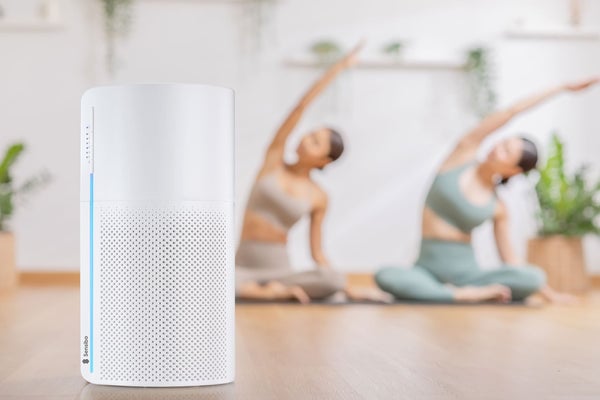
However, it is essential to understand the limitations of air purifiers and consider various factors such as coverage area, indoor air pollution, exchange rate, placement, running time, maintenance, and the implementation of complementary dust reduction strategies.
While air purifiers are effective in addressing airborne dust, they cannot eliminate settled dust on surfaces, highlighting the importance of regular cleaning practices.
Additionally, selecting an air purifier with an appropriate coverage area and high air exchange rate ensures optimal performance in reducing dust particles within a specific space.
Proper placement, running the air purifier continuously, and following recommended maintenance guidelines are essential for maximizing the efficacy of the air purifiers. Regularly cleaning or replacing filters is crucial to maintain the air purifier's efficiency over time.
It is worth noting that air purifiers are most effective when used in conjunction with other dust reduction strategies such as regular dusting, vacuuming with a HEPA filter-equipped vacuum cleaner, minimizing clutter, and ensuring proper ventilation.
By considering these factors and implementing a multi-faceted approach to reduce household dust everywhere, you can significantly reduce dust particles and enhance the overall cleanliness and air quality of your home.
In conclusion, air purifiers are valuable tools in combating dust-related challenges and improving indoor and outdoor air quality. Understanding their capabilities and limitations, as well as incorporating complementary dust reduction strategies, empowers you to create a cleaner, healthier, and more comfortable living environment for yourself and your loved ones.

















.png?width=300&height=248&name=how-hotels-can-embrace-sustainability-and-cut-operational-expenses%20(1).png)













